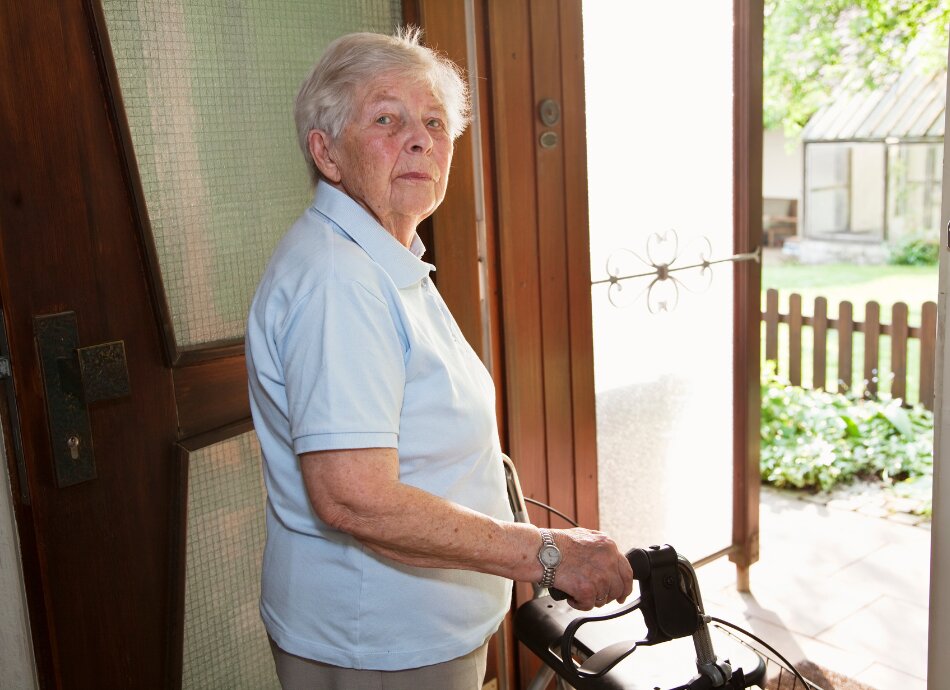Knee arthritis becomes more common as people age. You are also more likely to get osteoarthritis it if you:
- are female
- are overweight
- have a family history of arthritis
- have had previous knee injuries

Low or no data? Visit zero.govt.nz, scroll down the page then click on our logo to return to our site and browse for free.

Knee arthritis becomes more common as people age. You are also more likely to get osteoarthritis it if you:
Your doctor will talk to you about your symptoms and will do a physical examination of your knee.
Before your appointment, take note of what things make your knee better or worse and when you notice the pain. Also, try to find out if anyone else in your family has experienced arthritis.
To assist with the diagnosis, you doctor may order additional testing, including:
There is no cure for knee arthritis, but there are many ways you can relieve your symptoms and help prevent these from getting worse. Of the following strategies for managing knee arthritis, exercise and weight loss (if overweight) are seen as particularly important.
| What? | Why? |
|---|---|
|
Exercise – staying active |
|
|
Healthy weight |
|
|
Self-management support |
|
|
Physiotherapy and occupational therapy |
|
|
Pain relief medications |
Pain relief medications, or painkillers, are often recommended by your doctor or pharmacist to reduce pain and stiffness. However, they do not treat arthritis itself. All medications should be used at appropriate doses and for the shortest duration possible. The types of pain relief medications include:
Read more about pain relief medications. |
|
Other treatments and tips |
|
|
Surgery |
|
Hip and knee services(external link) Oxford University Hospitals, NHS, UK
Knee pain(external link) Arthritis Foundation, US
Osteoarthritis of the knee(external link) WebMD, US
Systematic management of osteoarthritis(external link) BPAC, NZ, 2008
OARSI guidelines for the non-surgical management of knee osteoarthritis(external link) Osteoarthritis Research Society International, Osteoarthritis & Cartilage Vol. 22 (2014).
Recommendations for the use of nonpharmacologic and pharmacologic therapies in osteoarthritis of the hand, hip, and knee(external link) American College of Rheumatology, Arthritis Care & Research, Vol. 64 (2012)
European League Against Rheumatism (EULAR) and the American Academy of Orthopaedic Surgeons
AAOS guidelines for the treatment of osteoarthritis of the knee(external link) American Academy of Orthopaedic Surgeons
OARSI guidelines for the non-surgical management of knee osteoarthritis(external link) Osteoarthritis Research Society International, Osteoarthritis & Cartilage Vol. 22 (2014).
|
Source |
Extracts from summary of recommendations |
| AAOS(external link) | "Recommendation 1. We recommend that patients with symptomatic osteoarthritis of the knee participate in self-management programs, strengthening, low-impact aerobic exercises, and neuromuscular education; and engage in physical activity consistent with national guidelines. Strength of Recommendation: Strong Recommendation 2. We suggest weight loss for patients with symptomatic osteoarthritis of the knee and a BMI ≥ 25. Strength of Recommendation: Moderate Recommendation 7. We recommend nonsteroidal anti-inflammatory drugs (NSAIDs; oral or topical) or Tramadol for patients with symptomatic osteoarthritis of the knee. Recommendation 9. We cannot recommend using hyaluronic acid for patients with symptomatic osteoarthritis of the knee. Strength of Recommendation: Strong Recommendation 12. We cannot recommend performing arthroscopy with lavage and/or debridement in patients with a primary diagnosis of symptomatic osteoarthritis of the knee. Strength of Recommendation: Strong" Extract from Treatment of Osteoarthritis of the Knee, Summary of recommendations, 2nd edition(external link) See full summary of recommendations(external link). |
| OARSI(external link) |
"The new (Osteoarthritis Research Society International) guidelines recommend a set of non-pharmacological core treatments as appropriate for all individuals (listed in order from highest benefit-to-risk score to lowest): land-based exercise, weight management, strength training, water-based exercise, and self-management and education. For weight management, the OARSI guidelines make a specific recommendation of achieving a 5% weight loss within a 20- week period to be effective at treating knee OA." Extract from Non-Surgical Treatment of Osteoarthritis of the Knee, Physician Summary March 2014. See full summary(external link) |
Guidelines can help doctors choose the best OA treatments(external link) Consensus from American College of Rheumatology stresses exercise and weight loss, but are doctors following the guidelines? Arthritis Foundation (US), accessed August 2016.
Credits: Healthify editorial team. Healthify is brought to you by Health Navigator Charitable Trust.
Reviewed by: Rebecca Grainger, Hutt Valley DHB (12 October 2016)
Page last updated: